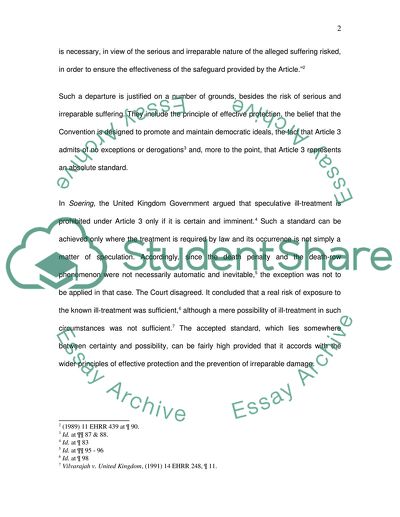Cite this document
(The European Court of Human Rights Case Study Example | Topics and Well Written Essays - 1479 words - 1, n.d.)
The European Court of Human Rights Case Study Example | Topics and Well Written Essays - 1479 words - 1. Retrieved from https://studentshare.org/law/1536274-human-rights
The European Court of Human Rights Case Study Example | Topics and Well Written Essays - 1479 words - 1. Retrieved from https://studentshare.org/law/1536274-human-rights
(The European Court of Human Rights Case Study Example | Topics and Well Written Essays - 1479 Words - 1)
The European Court of Human Rights Case Study Example | Topics and Well Written Essays - 1479 Words - 1. https://studentshare.org/law/1536274-human-rights.
The European Court of Human Rights Case Study Example | Topics and Well Written Essays - 1479 Words - 1. https://studentshare.org/law/1536274-human-rights.
“The European Court of Human Rights Case Study Example | Topics and Well Written Essays - 1479 Words - 1”, n.d. https://studentshare.org/law/1536274-human-rights.


